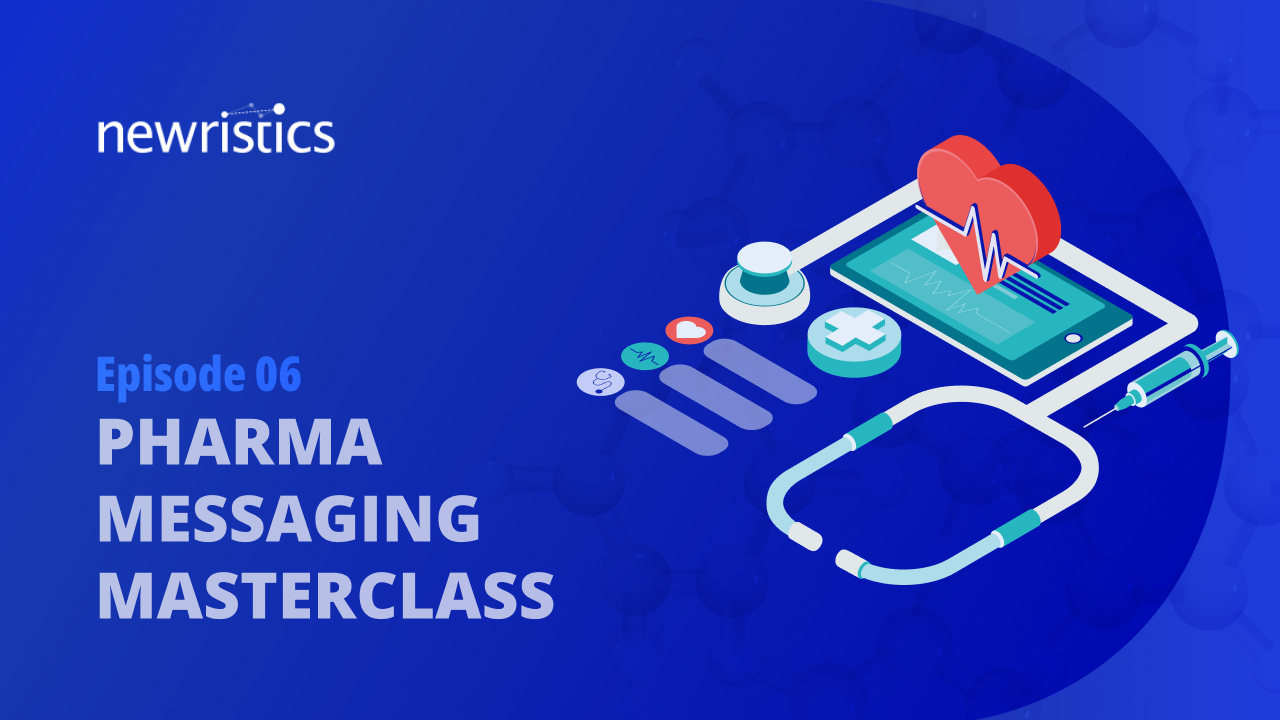How to improve memory recall and accuracy
Memory is a skill that takes practice and decision heuristics come into play to complicate it further.
To combat Availability Heuristic, one can start by filtering their news and avoiding spending too much time absorbing the news. Second, it always helps to slow decisions down. Most importantly, we can nurture and develop our memory and give our memory a boost with healthy habits.
To get started try these 5 simple ways to boost your memory:

Games
Playing and learning new games keeps your brain challenged and strengthens memory. Mind games that require strategy are the best for this purpose; think chess and crossword puzzles.

Practice
When you learn new information, repeat it and write it down. Trying other tools like mnemonic devices can reinforce learning. PEMDAS from math class is a great example. “Please excuse my dear aunt Sally” helps students quickly recall the order of mathematical operations (parentheses, exponents, multiplication, division, addition, subtraction).

Foods
A Healthy diet is always a common theme when working on self-improvement and for good reason. More brain food and less junk keep the mind sharp and have a cascade of benefits, including better sleep, less stress, and more. All of which are vital to learning and memory. Eat more plant-based food, whole grains, legumes, nuts, healthy fats, herbs, and spices.

Exercise
Like a healthy diet, exercise has loads of benefits for our body and mind. As exercise improves oxygen and the delivery of nutrients to our body, it helps grow new brain cells vital for memory capacity. Start by walking more every day!

Mindfulness
Being in the present moment heightens our senses and reduces distractions. Making it a habit to meditate, do breathing exercises, and practice yoga will develop healthy habits for staying in the present, improving focus, concentration, memory, and overall learning.
Memory can deceive us. Increasing our awareness and trying new tools can help us store more information and improve the accuracy of our recall.
 Blog posts
Blog posts Newristics
Newristics
 8 July 2019
8 July 2019

 Back
Back Share
Share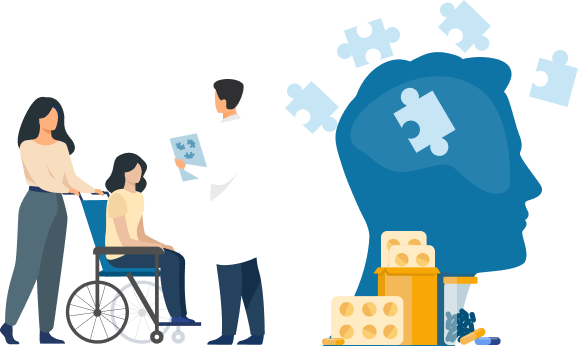







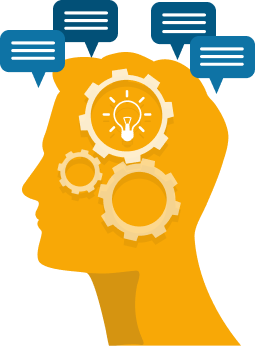





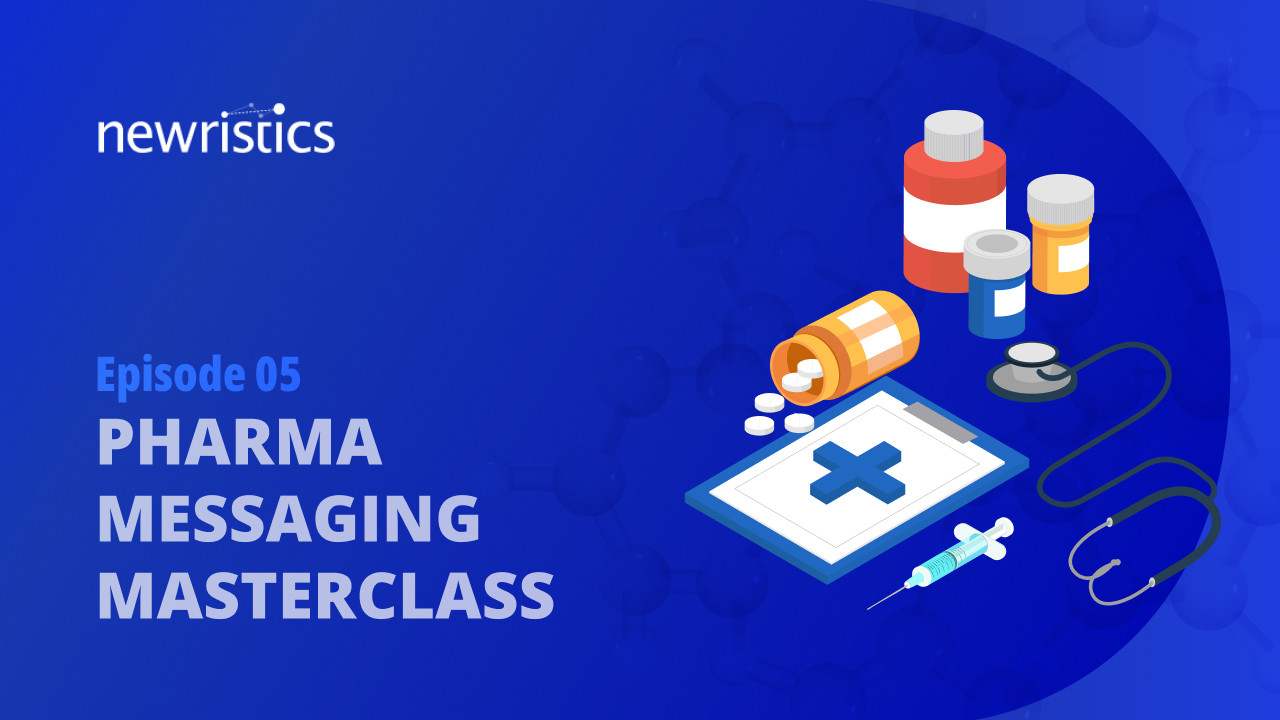
 Video
Video
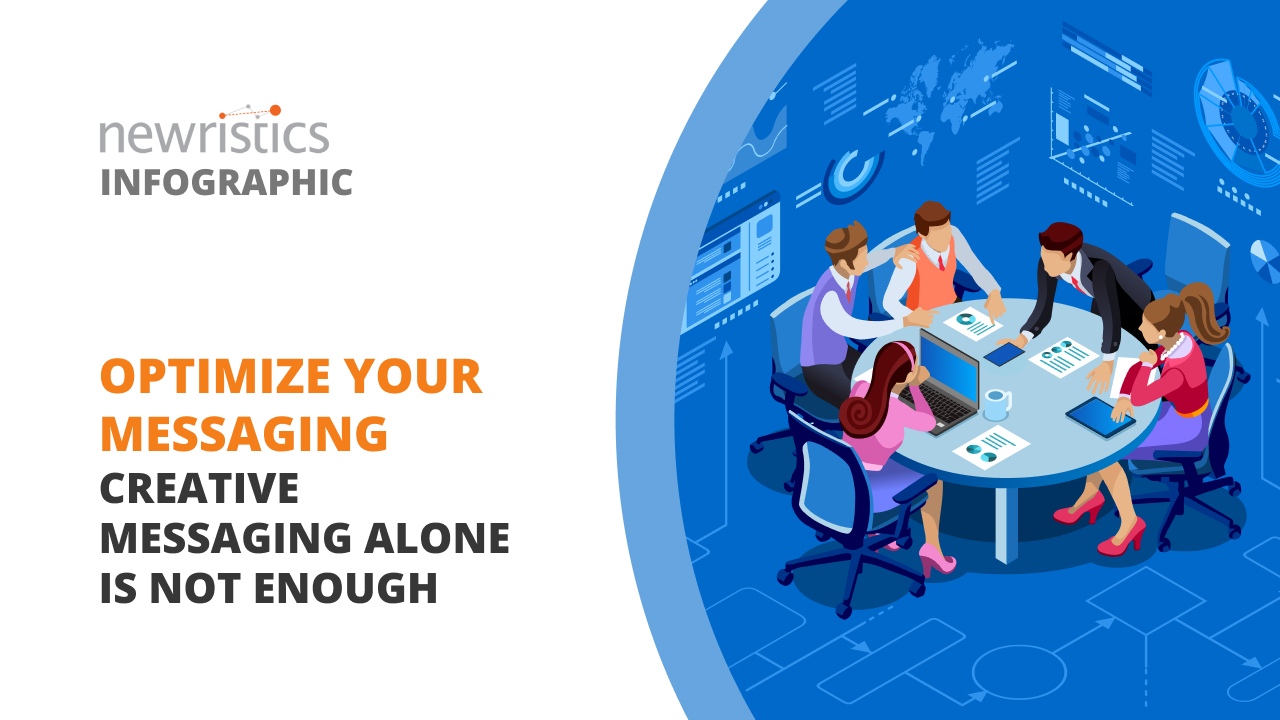
 Infographics
Infographics
